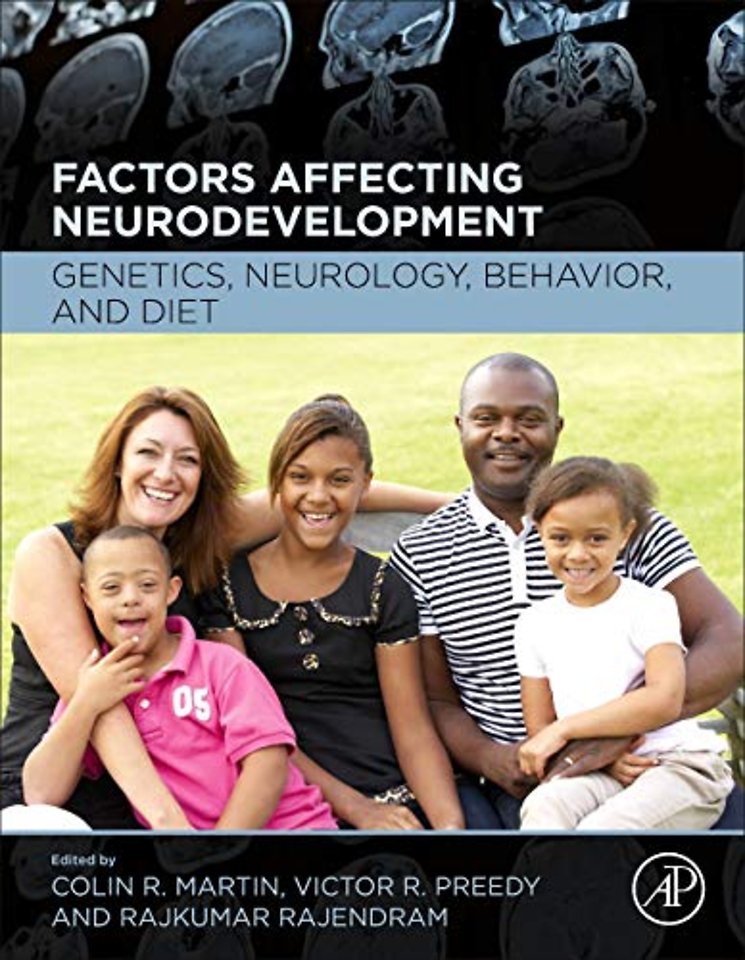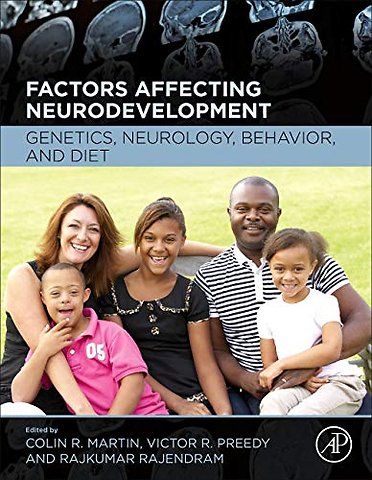<p>I. Genetics, Molecular and Celluar Biology<br>1. Hereditary motor neuropathies<br>2. Dopamine transporter (DAT1) polymorphism and development<br>3. Genome wide association studies (GWAS) and neurodevelopment: Autism spectrum disorder<br>4. SNPs and cerebral palsy<br>5. Epigenetic regulation of cortical neurogenesis<br>6. Functions and dynamics of axonal mitochondria<br>7. Linking apoptosis and caspases in fetal neural tube defects<br>8. Brain oxidative stress in Down syndrome<br>9. Linking Adhesion GPCRs to Glial Cell Development and Function<br>10. Immunoglobulin cell adhesion molecule superfamily and neurodevelopment<br>11. Brain-derived neurotrophic factor (BDNF) and neurogenesis<br>12. slc7a5 and neural development<br>13. Linking SOX3, SRY and disorders of neurodevelopment<br>14. Neuronal Src-homology-2 (SH2)B adaptor protein-1 (Sh2b1) and brain growth<br>15. Effects of extrinsic factors and intracellular signalling and transcription factors regulating the development and cell fate of spinal cord ependymal cells<br>16. Signaling molecules controlling oligodendrocyte development and brain myelination</p> <p>II. Neurological and Imaging Features<br>17. Fetal brain structures: imaging oriented<br>18. Four-dimensional (4D) ultrasonography: Methods, uses and fetal neuroscience<br>19. Linking histology and neurological development of the fetal and infant brain<br>20. Development of Corticospinal tract axons: from embryonic stage to adulthood<br>21. Vascular endothelial growth factor (VEGF) and neurodevelopment<br>22. Brain-wide connectivity architecture: developmental aspects<br>23. Development and pathology of the germinal matrix<br>24. Development of the GABAergic network in the mouse spinal cord<br>25. Postnatal development, electrophysiology and sensory sural nerves<br>26. Neuroscience of the developing axonal strata in the human fetal brain<br>27. Neuroactive steroids and neurodevelopment<br>28. Voltage and ligand-gated ion channels appearance and function in neurodevelopment<br>29. Features of brain development over 13 years in preterms<br>30. The medial pulvinar in neurodevelopment<br>31. Cortical sulci in the human fetal brain and development<br>32. The prenatal development of the human cerebellum<br>33. Developing cerebello-cerebral connectivity in health and disease: a focus on epilepsy<br>34. Prenatal exposure to progestins: impact on neurodevelopment of the child</p> <p>III. Physiological Aspects<br>35. Brain lesion characteristics in relation to upper limb function in children with unilateral cerebral palsy<br>36. Maternal exercise and brain development<br>37. Pyramidal neurons: physiology, Pathophysiology and postnatal development<br>38. Working memory: physiology and neurodevelopment<br>39. EEG development in resting states<br>40. Availability and metabolism of thyroid hormones in the developing brain</p> <p>IV. Behavior and Psychopathological Aspects<br>41. Psychosocial issues and quality of life following childhood stroke<br>42. Neuropsychological function following childhood stroke<br>43. Youths with autism and working memory<br>44. Linking the mesial temporal lobe, 3D probabilistic maps and development<br>45. Cognitive aspects of Down Syndrome<br>46. Adolescent cannabis use and neurocognitive development<br>47. The Role of Social Anxiety in Autism and the Broader Autism Phenotype: Evidence from Childhood through Adulthood<br>48. Impact of touch on bonding and neurodevelopment<br>49. Neurobehaviour and catch up growth</p> <p>V. Diet and Nutrition<br>50. Caloric restriction and the developing brain<br>51. High-fat diet, tryptophan hydroxylase-2 mRNA expression and neurodevelopment <br>52. Bone mineral density and nutritional status in children with cerebral palsy<br>53. Epigallocatechin-3-gallate: Linking the neurogenesis, hippocampus and Down syndrome<br>54. Folic acid-to prevent spina bifida and anencephaly</p>

